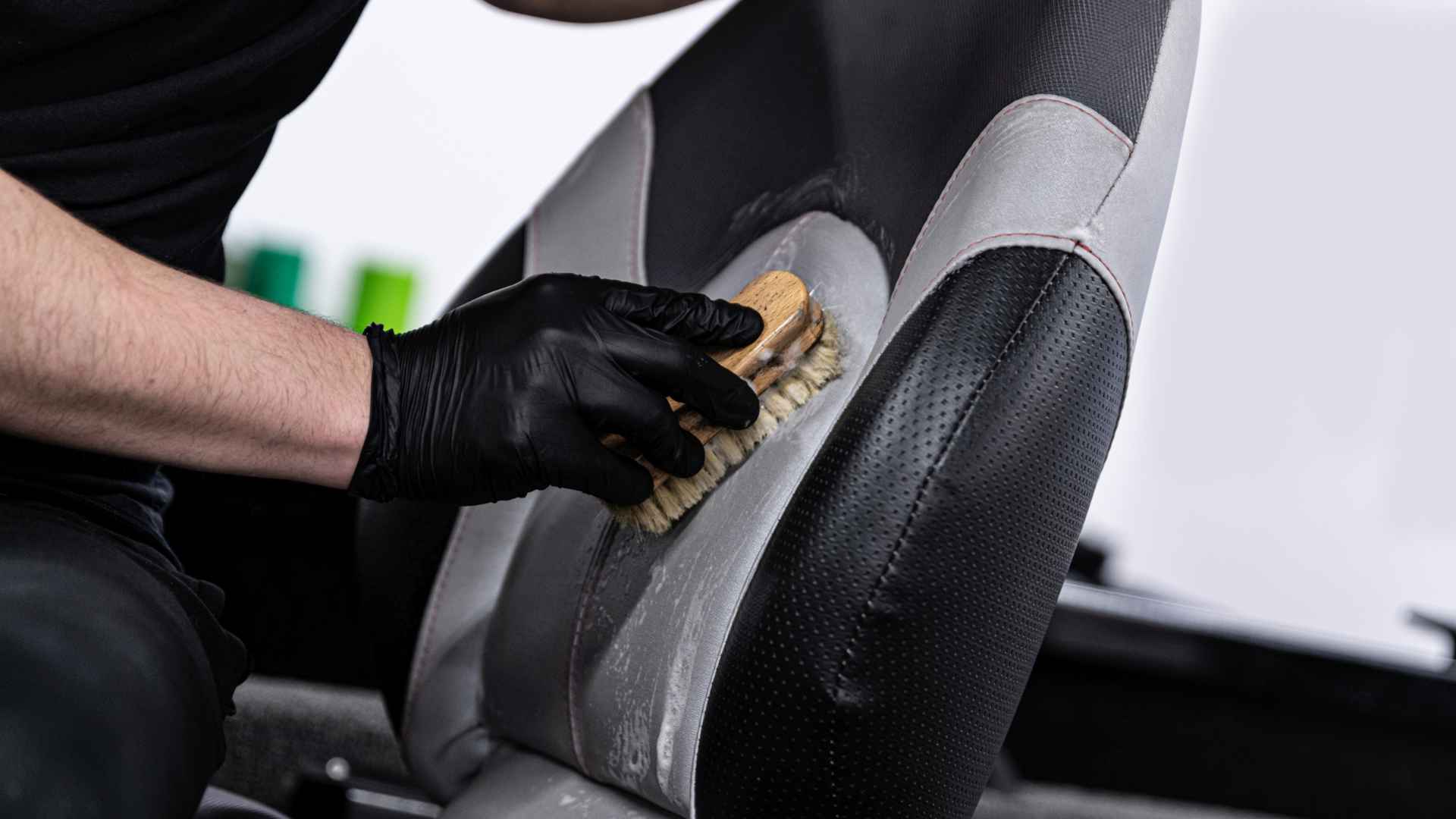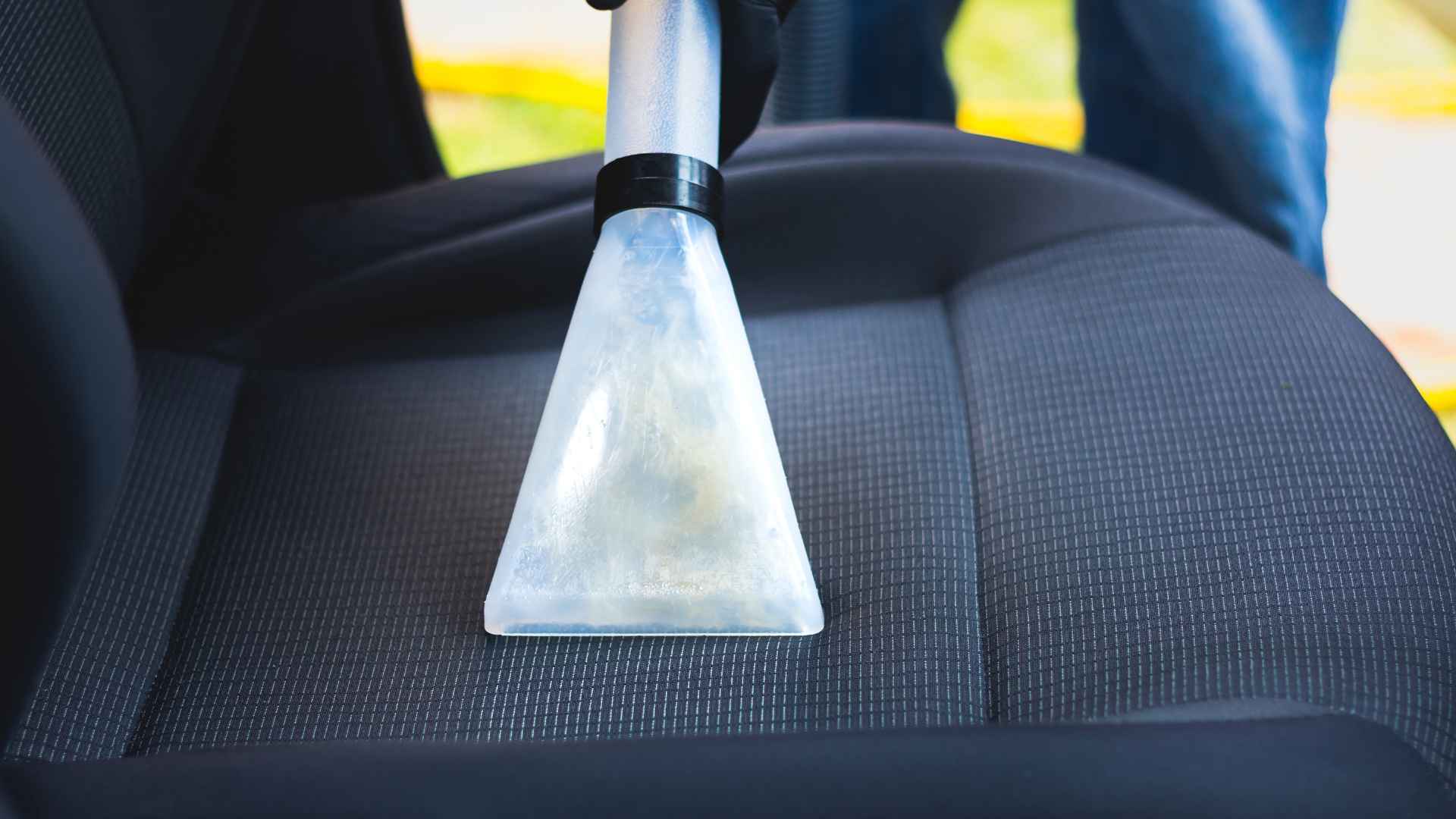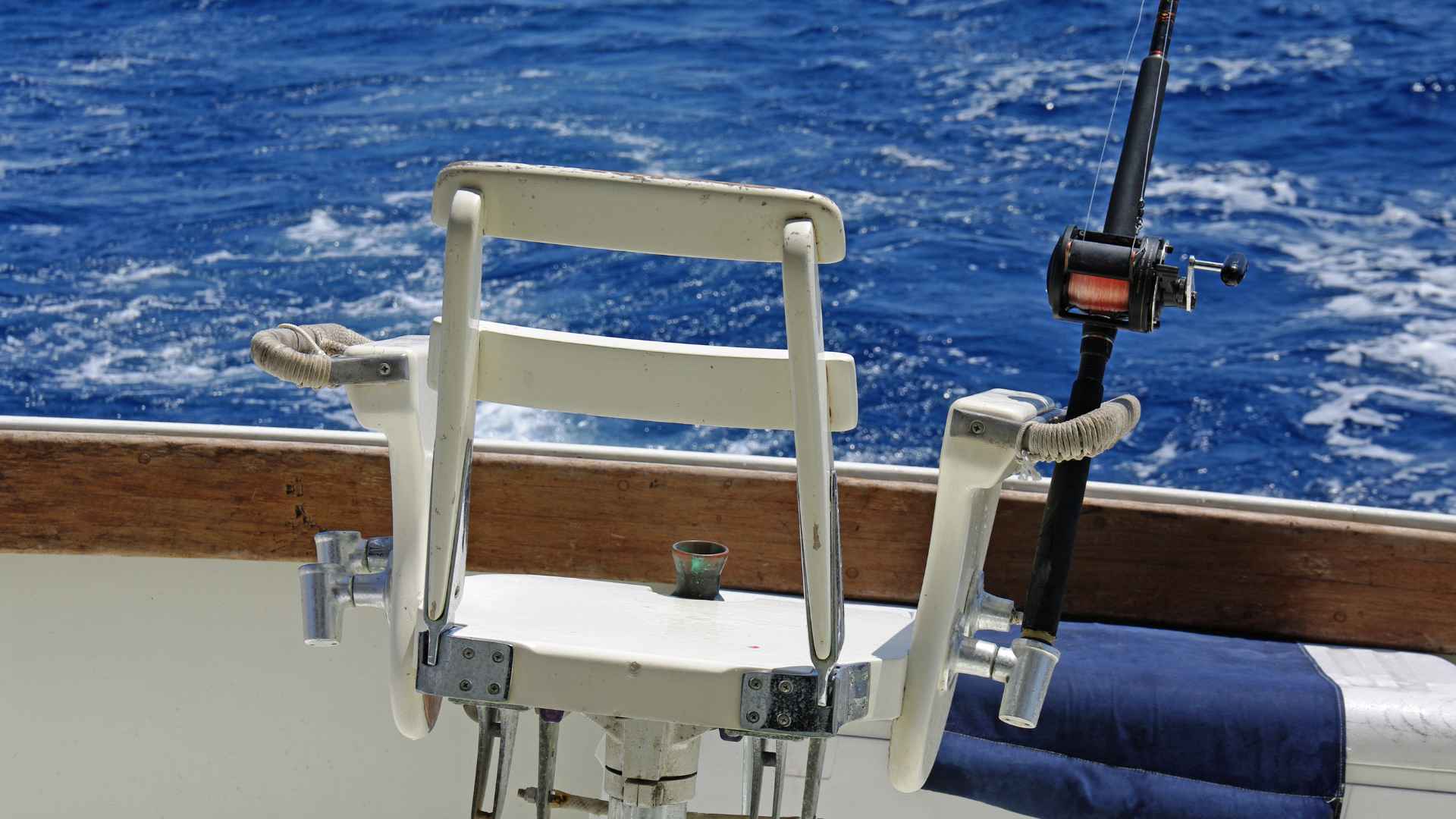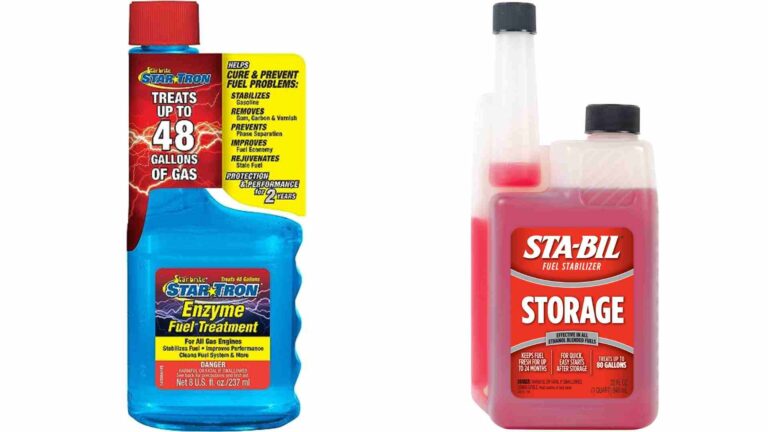How to Clean Boat Seats: Step-By-Step Comprehensive Guide
Imagine the exhilaration of cruising through the crystal-clear waters, wind in your hair, and the gentle rocking of the boat beneath you. Boating is a source of joy, relaxation, and endless adventures. As boat owners, we cherish our vessels and strive to keep them in pristine condition. One crucial aspect of boat maintenance is ensuring clean and well-kept boat seats.
Boat seats not only provide comfort during those long days on the water but also contribute to the overall appearance and appeal of our boats. Regular cleaning and maintenance of boat seats play a vital role in preserving their longevity and aesthetic charm.
In this comprehensive guide, we will delve into the world of boat seat cleaning and maintenance. Whether you’re dealing with stubborn stains, sun damage, or general wear and tear, we’ll provide you with the knowledge and techniques to effectively clean and care for your boat seats. Get ready to restore your boat seats to their former glory and enhance your boating experience.
Significance of Assessing the Condition of Boat Seats Before Cleaning.

Before diving into the process of cleaning boat seats, it is crucial to assess their condition. This step allows you to identify specific stains, dirt, or damage and choose the appropriate cleaning methods.
Here’s how to assess the condition of your boat seats:
- Inspect for stains and dirt: Examine the seats closely to identify any stains, dirt, or discoloration. Common types of stains on boat seats can include food and beverage spills, mold or mildew, sunscreen residue, or general grime buildup. Take note of the location and severity of the stains.
- Check for sun damage: Sun exposure can cause fading, cracking, or drying of boat seats, particularly if they are made of vinyl or other synthetic materials. Look for signs of discoloration, peeling, or brittleness. Sun damage may require specific treatments to restore the seats’ appearance and prevent further deterioration.
- Assess for tears or punctures: Carefully inspect the seats for any tears, punctures, or loose stitching. These damages not only affect the aesthetic appeal but also compromise the structural integrity of the seats. Identifying such issues will help determine if repairs or replacement are necessary.
- Consider the seat material: Boat seats can be made of various materials, including vinyl, fabric, or leather. Each material may require different cleaning methods and products. Identify the type of material your boat seats are made of, as this will guide you in selecting the appropriate cleaning solutions and techniques.
Once you have assessed the condition of your boat seats and identified the specific stains, dirt, or damage, you can proceed with cleaning. Tailoring your cleaning methods to suit the seat’s condition will help you achieve the best results and preserve the longevity of your boat seats.
Gathering the Necessary Supplies for Cleaning Boat Seats
Before you embark on cleaning your boat seats, it’s essential to gather the necessary supplies. Here’s a list of essential items you’ll need:
- Mild detergent: Choose a mild detergent specifically formulated for boat seats. Avoid using harsh chemicals or abrasive cleaners as they can damage the seat material.
- Soft-bristle brush: Select a soft-bristle brush to gently scrub the seats and remove dirt, stains, and grime. Ensure that the brush’s bristles are soft enough to avoid scratching or damaging the seat material.
- Microfiber cloths: These soft and absorbent cloths are ideal for wiping and drying boat seats. Microfiber cloths help to minimize streaks and lint, providing a clean and polished finish.
- Vinyl or leather cleaner: Depending on the material of your boat seats, choose an appropriate vinyl or leather cleaner. Ensure that the cleaner is specifically designed for marine applications and safe for the seat material. Using the correct cleaner helps preserve the integrity of the seats and prevents any potential damage.
- Protective spray: Consider using a protective spray or conditioner that is compatible with the seat material. This helps to maintain the seats’ suppleness, prevent cracking, and protect against UV damage. Make sure to choose a marine-grade protective spray suitable for your specific seat material.
It’s important to use marine-grade products that are specifically designed for boat seats. These products are formulated to be safe and effective on the particular materials used in marine environments. They help maintain the quality of the seats, prolong their lifespan, and ensure optimal results during the cleaning process.
By gathering the necessary supplies, including marine-grade products tailored to your seat material, you can approach the cleaning process with confidence, knowing that you are using the right tools to achieve the best possible outcome.
How to Prepare the Boat Seats for Cleaning?

Preparing the boat seats before cleaning is crucial for achieving optimal results. Here are the steps to prepare your boat seats:
- Remove debris: Begin by removing any loose debris from the seats, such as sand, dirt, or crumbs. Use a soft brush or a vacuum cleaner with a brush attachment to gently sweep away the debris. This step prevents scratching the seats during the cleaning process and ensures a thorough clean.
- Ventilate the boat: Proper ventilation is essential when using cleaning solutions. Open windows, hatches, or doors to allow fresh air to circulate throughout the boat. This helps dissipate any fumes from the cleaning products and improves air quality onboard.
- Protect surrounding surfaces: Take measures to protect any surrounding surfaces, such as the floor, walls, or other furniture, from contact with cleaning solutions. Cover nearby areas with plastic sheets or towels to prevent any accidental spills or damage.
- Test in an inconspicuous area: Before applying any cleaning solution to the entire seat, it’s advisable to test it in a small, inconspicuous area. This ensures that the cleaner is compatible with the seat material and doesn’t cause discoloration or damage. Follow the manufacturer’s instructions for testing and proceed with the cleaning process if there are no adverse effects.
By removing debris, ventilating the boat, and protecting surrounding surfaces, you create an optimal environment for the cleaning process. These steps help ensure a thorough and safe cleaning experience, preventing potential damage to your boat seats and maintaining the cleanliness of your boat as a whole.
Step-By-Step Instructions for Cleaning Different Types of Boat Seat Materials
Cleaning boat seats requires specific techniques tailored to the material they are made of. Here are step-by-step instructions for cleaning different types of boat seat materials:
Cleaning Vinyl Boat Seats:
- Start by mixing a solution of mild detergent and water following the manufacturer’s instructions.
- Dip a soft-bristle brush or sponge into the solution and gently scrub the vinyl seats in a circular motion, paying extra attention to stained or dirty areas.
- Rinse the seats thoroughly with clean water to remove any residue.
- Use a microfiber cloth to dry the seats completely.
- For tough stains or grime, you may need to use a specialized vinyl cleaner following the manufacturer’s instructions.
- Apply a marine-grade vinyl protectant or conditioner to restore moisture and protect the seats from UV damage.
Cleaning Leather Boat Seats:
- Dust the seats with a soft cloth or vacuum cleaner with a brush attachment to remove loose particles.
- Prepare a solution of mild soap and warm water, or use a specialized leather cleaner recommended for marine applications.
- Dip a soft cloth into the cleaning solution and wring it out to remove excess moisture.
- Gently wipe the leather seats, focusing on soiled or stained areas. Avoid excessive scrubbing or using abrasive materials that may damage the leather.
- Rinse the cloth with clean water and wipe away any soap residue from the seats.
- Dry the seats thoroughly with a microfiber cloth.
- Apply a leather conditioner or protectant to maintain the seats’ suppleness and prevent drying or cracking. Follow the manufacturer’s instructions for application.
Cleaning Fabric Boat Seats:
- Vacuum the seats with a brush attachment to remove loose debris and dirt.
- Mix a solution of mild detergent and warm water following the manufacturer’s instructions.
- Dampen a soft cloth or sponge with the cleaning solution and gently blot the fabric seats, working on small sections at a time.
- Avoid saturating the fabric; a damp cloth is usually sufficient for cleaning.
- Use a clean cloth dampened with plain water to rinse the seats and remove any soap residue.
- Dry the seats thoroughly using a microfiber cloth or allowing them to air-dry.
- For tough stains, consider using a fabric-specific stain remover following the manufacturer’s instructions.
It’s important to follow the manufacturer’s instructions for cleaning solutions and techniques specific to your boat seat material. Additionally, take precautions to avoid excessive moisture, test cleaning products in inconspicuous areas, and avoid using abrasive materials that may damage the seats. By applying the appropriate cleaning techniques, you can effectively maintain and prolong the life of your boat seats.
Removing Stubborn Stains and Mildew

Stubborn stains can be a challenge, but with the right approach, you can effectively remove them from your boat seats. Here’s how to tackle common stubborn stains and mildew:
Sunscreen Residue:
- Mix a solution of warm water and mild soap or a specialized vinyl cleaner.
- Dip a soft cloth or sponge into the solution and gently scrub the affected area.
- Rinse the area with clean water and dry it thoroughly.
- If the residue persists, consider using a specialized sunscreen stain remover or vinyl cleaner following the manufacturer’s instructions.
Bird Droppings:
- Remove as much of the droppings as possible using a soft cloth or paper towel. Take care not to spread the droppings further.
- Prepare a solution of warm water and mild soap.
- Gently blot the area with the solution using a soft cloth or sponge.
- Rinse the area with clean water and dry it thoroughly.
- If there is still residue or discoloration, you may need to use a specialized boat upholstery cleaner or stain remover suitable for your seat material.
Food Stains:
- Blot the area with a clean cloth or paper towel to remove any excess food particles.
- Mix a solution of warm water and mild detergent or a fabric-specific stain remover.
- Apply the solution to the stained area and gently blot it with a cloth or sponge.
- Rinse the area with clean water and dry it thoroughly.
- For tough food stains, you may need to repeat the process or use a targeted stain remover according to the manufacturer’s instructions.
Removing Mildew: a. Create a solution of equal parts water and white vinegar, or use a mildew-specific cleaner. b. Apply the solution to the affected area and let it sit for a few minutes. c. Gently scrub the mildew with a soft brush or sponge. d. Rinse the area with clean water and dry it thoroughly. e. For persistent mildew, consider using a specialized mildew remover or mildew stain remover following the manufacturer’s instructions.
Remember to always test any new cleaning product or method on a small, inconspicuous area before applying it to the entire seat. This helps ensure that the cleaner is safe for your specific seat material and doesn’t cause any adverse effects. Patience and gentle cleaning techniques are key to effectively removing stubborn stains and mildew from your boat seats.
Importance of Thoroughly Drying Boat Seats After Cleaning to Prevent Mold and Mildew Growth.

Thoroughly drying your boat seats after cleaning is crucial to prevent mold and mildew growth and maintain their overall condition. Here’s how to effectively dry your boat seats:
- Absorb excess moisture: Use absorbent towels or microfiber cloths to blot and absorb as much moisture as possible from the seats. Gently press the towels onto the seats, focusing on areas that are particularly damp.
- Air circulation and ventilation: Properly ventilate the boat to facilitate the drying process. Open windows, hatches, or doors to promote air circulation and allow fresh air to flow through the boat. This helps to speed up the drying process and prevent the accumulation of moisture.
- Avoid direct sunlight: While sunlight can aid in drying, prolonged exposure to direct sunlight can potentially damage certain seat materials, such as vinyl or leather. Therefore, it’s advisable to avoid leaving the seats in direct sunlight for extended periods. Instead, find a shaded area or allow the seats to dry indoors or under a protective cover.
- Patience: Give the seats ample time to dry completely. Rushing the drying process may result in moisture being trapped within the seat material, which can lead to mold or mildew growth.
Once the boat seats are dry, it is important to take steps to protect them and prolong their lifespan:
- UV protectants: Apply a marine-grade UV protectant to your boat seats, especially if they are exposed to direct sunlight. UV protectants help prevent fading, cracking, and deterioration caused by sun exposure. Follow the manufacturer’s instructions for application and reapplication as recommended.
- Waterproof sprays: Consider using a waterproof spray on fabric boat seats to repel water, prevent stains, and maintain their water-resistant properties. Ensure that the waterproof spray is suitable for the specific fabric material of your seats and follow the manufacturer’s instructions for application.
By thoroughly drying your boat seats and applying appropriate protective measures, you can enhance their longevity, preserve their appearance, and guard against potential damage caused by moisture, sunlight, or water exposure. Remember to regularly monitor and maintain the condition of your boat seats to ensure they remain clean, comfortable, and well-protected.
Watch How to clean vinyl boat seats: Even severe mold. | Video
Can I use household cleaners to clean my boat seats?
It is generally recommended to use cleaning products specifically designed for boat seats. Household cleaners may contain harsh chemicals that can damage the seat material. Marine-grade cleaners are formulated to effectively clean boat seats without causing harm or deterioration.
How often should I clean my boat seats?
The frequency of cleaning your boat seats depends on various factors such as usage, exposure to elements, and the level of dirt or stains. As a general guideline, regular maintenance cleaning should be done at least once every season, and more frequent cleaning may be required if the seats are exposed to heavy use or frequent spills.
Can I pressure wash my boat seats?
Using a pressure washer on boat seats is not recommended, especially for vinyl or leather seats. The high pressure can damage the seat material, leading to cracks, tears, or discoloration. Stick to gentler cleaning methods using appropriate cleaning solutions and soft brushes or sponges.
How do I remove mold or mildew from boat seats?
To remove mold or mildew from boat seats, create a solution of equal parts water and white vinegar, or use a specialized mildew cleaner. Apply the solution to the affected area, let it sit for a few minutes, and gently scrub with a soft brush or sponge. Rinse thoroughly and dry the seats completely to prevent further growth.
Can I use bleach to remove stains on boat seats?
Bleach is generally not recommended for cleaning boat seats, especially for vinyl or fabric seats. Bleach can cause discoloration, weaken the seat material, or even leave bleach stains. It’s best to use appropriate cleaning solutions and techniques for the specific seat material or consider specialized stain removers for stubborn stains.
Conclusion:

Regular cleaning and maintenance of boat seats are essential for their longevity and overall appearance. Throughout this comprehensive guide, we have explored various aspects of cleaning boat seats, including assessing their condition, gathering the necessary supplies, and using appropriate techniques for different seat materials.
By following the tips and techniques provided, boat owners can effectively remove stains, prevent mold and mildew growth, and protect their seats from damage. Clean and well-maintained boat seats offer numerous benefits, including enhanced comfort, extended lifespan, and an overall inviting boating experience.
Remember, a clean and well-cared-for boat seat contributes to the overall beauty and enjoyment of your vessel. Take the time to regularly clean and maintain your boat seats, using the appropriate products and techniques. By doing so, you can ensure their longevity, preserve their appearance, and maximize your satisfaction as you embark on countless adventures on the water.
So, let’s embark on this journey together and embrace the joys of boating with clean and inviting boat seats.
Share How to Clean Boat Seats: Step-By-Step Comprehensive Guide with your friends and Leave a comment below with your thoughts.
Read How to Clean the Carpet on a Pontoon Boat: Stepwise Guide until we meet in the next article.






